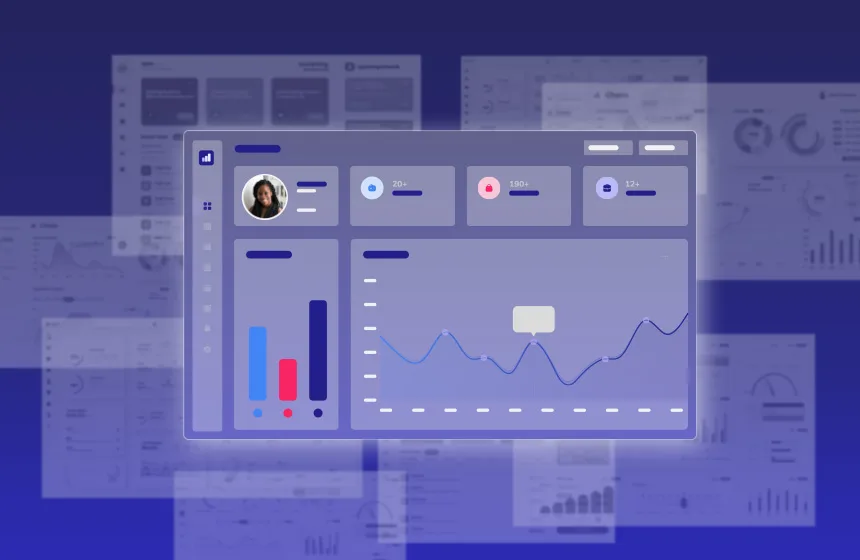Accelerate deals and increase win rates with the leading enterprise AI demo platform.
Demo Disasters: Lessons from Tech’s Biggest Names

April 22, 2025
Table of Contents
Did you know Steve Jobs, Bill Gates, and Elon Musk all had demos that failed?
And not only did they fail, but they failed pretty publicly, and occasionally spectacularly.
The failures are pretty fun to watch, tbh. (Hey, we’re all human!)
In 2010, Jobs was on stage to showcase the features of the newest iPhone model.
Steve Jobs
As he went to demo the phone’s impressive internet browsing capabilities, he tried to pull up the New York Times homepage on his screen and got a failure to connect message—which was broadcast to everyone in the room watching him on the stage.
Ouch.
Elon Musk
Elon Musk’s demo of Tesla’s new Cybertruck offering in 2019 had a brief disaster as well.
After he touted the “shatterproof” armored glass on the windows, only for one to (yep you can guess where this is going)… shatter when a steel ball was thrown at it.
And he asked his demo partner to try the next window, which also shattered immediately. Two failures for the price of one!
Double yikes.
Bill Gates
And way back in the day (in 1998!), Bill Gates was showing off a new plug-and-play feature for Windows 98 at the COMDEX conference.
Instead of demonstrating this great addition to the software, he got the Blue Screen of Death that every Windows user has seen at some point (probably not so publicly though).
Cringe.
(And yes SEs, you should bookmark this blog post for days when a demo has gone wrong to console yourself!)
But once we’ve indulged in a little good old-fashioned pleasure in a billionaire’s misfortune, there are lessons to be learned here as well. We’re not just here to laugh at the failures of others, even though these are hilarious.
Lesson #1: Test under the actual demo conditions
Musk’s shatter-proof glass shattering is a great example of not testing under the conditions of the demo. Apparently, the glass had been hit with a sledgehammer before the public demo to show its capabilities to a small audience, which caused a tiny crack. The demo wasn’t built with that pre-test in mind, so the failure was very public.
And in Musk’s case, ensuring that your product can actually fulfill the promises you make is also essential. Saying “it’s on the roadmap” or “it just needs a little tweaking” when the capability you promised isn’t delivered in the demo is not compelling for your prospects.
Of course, there will be times when things that do actually work just go wrong. But testing extensively in the conditions under which you’ll actually deliver the demo is essential to making it as error-proof as possible. This is especially important when you’re swinging a sledgehammer around, literally or metaphorically.
Lesson #2: Keep cool
As you can see in the videos of these events, Musk and Gates keep their heads when the demo goes wrong. They laugh and move on. Errors happen, and getting upset about them in the middle of the demo doesn’t help anyone. The audience (or prospects) feel awkward, and it interrupts the demo flow even more.
Plus, you can’t forget that your demo is for people. They know that you (and even Steve Jobs) are human, and mistakes and glitches are bound to happen. Often they happen for reasons that are out of your control. Don’t make it worse by getting upset or visibly frustrated.
Getting great at this comes with time, especially during really important demos. But it helps everyone feel more at ease, as we’ll see in the next suggestion.
Lesson #3: Don’t blame the audience
Notice how Steve Jobs… kinda blames the audience and asks them all to get off the wifi and put their laptops down, so his product works? He’s a bit tense, and it shows. Telling a room full of tech fanatics and writers to log off and put down their devices is a big ask.
While it might be true that the audience needed to turn off their wifi and mifi stations, it comes off as a little scolding. The bloggers out there are probably cringing as they hear the audio too. It puts you in the position of nagging school teacher instead of a trusted expert. The relationship you’re building with the prospect is bigger than this one little glitch, so keep things in perspective where you can.
Lesson #4: Use demo software to eliminate error potential
We’ve all had a demo fail at just the wrong moment—it’s rough! And that’s one of the reasons we created Reprise.
Our demo creation platform enables you to build custom live demos of your actual production environment by making a copy of your front end, and then essentially putting that copy in a faraday cage where those glitches can’t touch it.
You get safety from errors, and your prospects get a sandbox demo environment they can play in to get the full product experience. Everybody gets what they want, and you get to sweat a little bit less.
We can’t guarantee what will happen if you’re tossing heavy steel balls at the product though. But since you’re selling software and not trucks, we hope you’re not doing that anyways.






